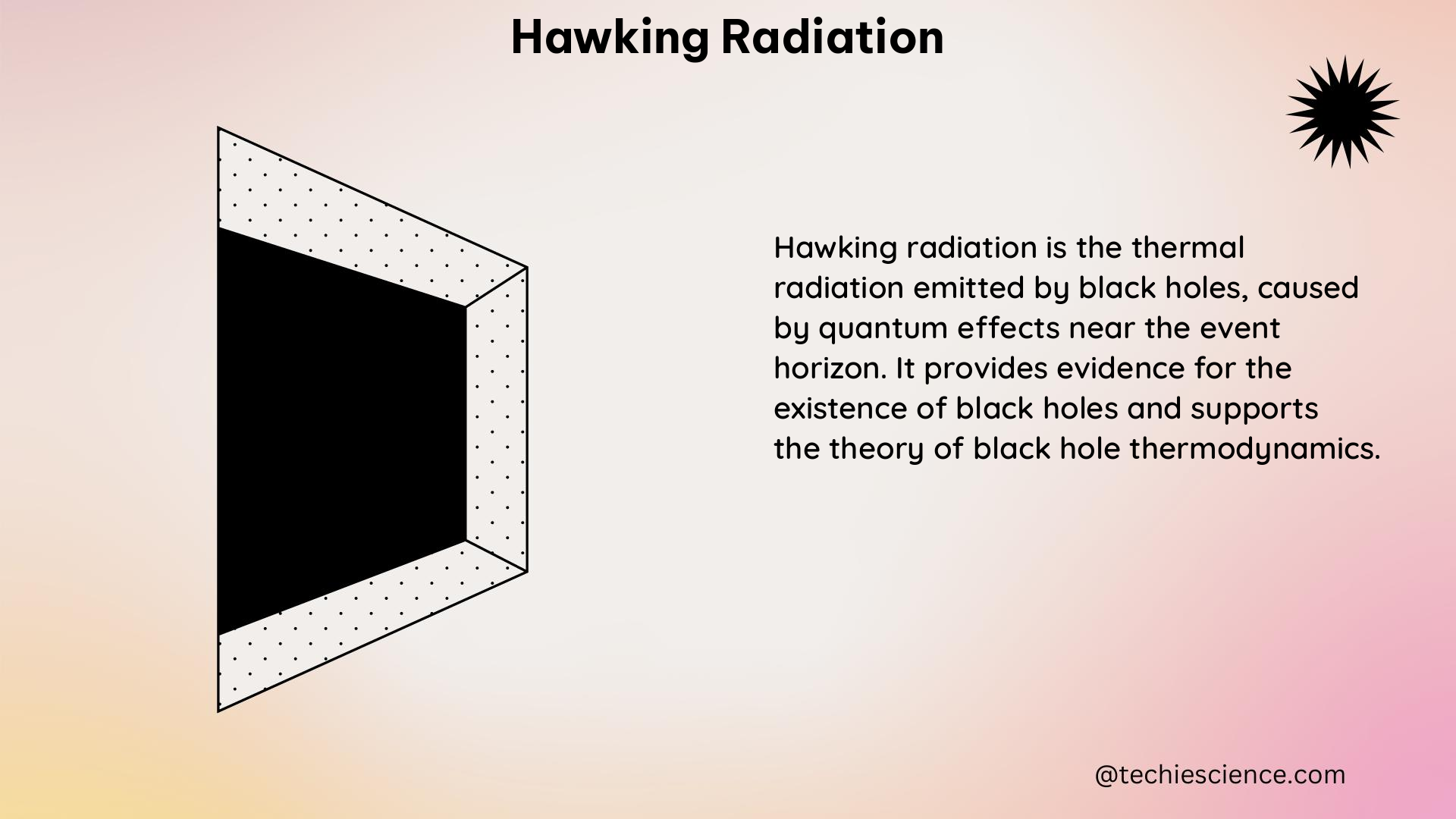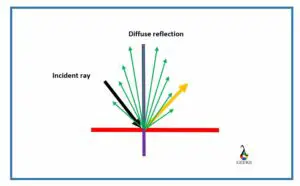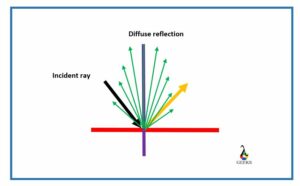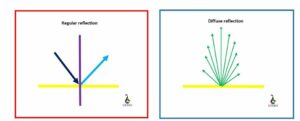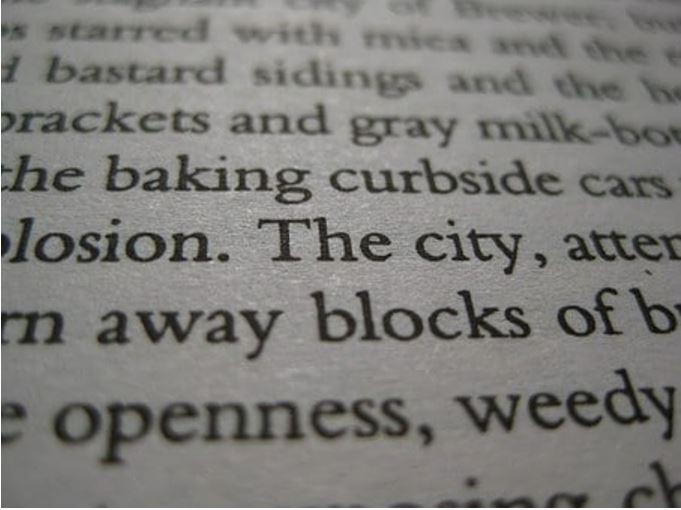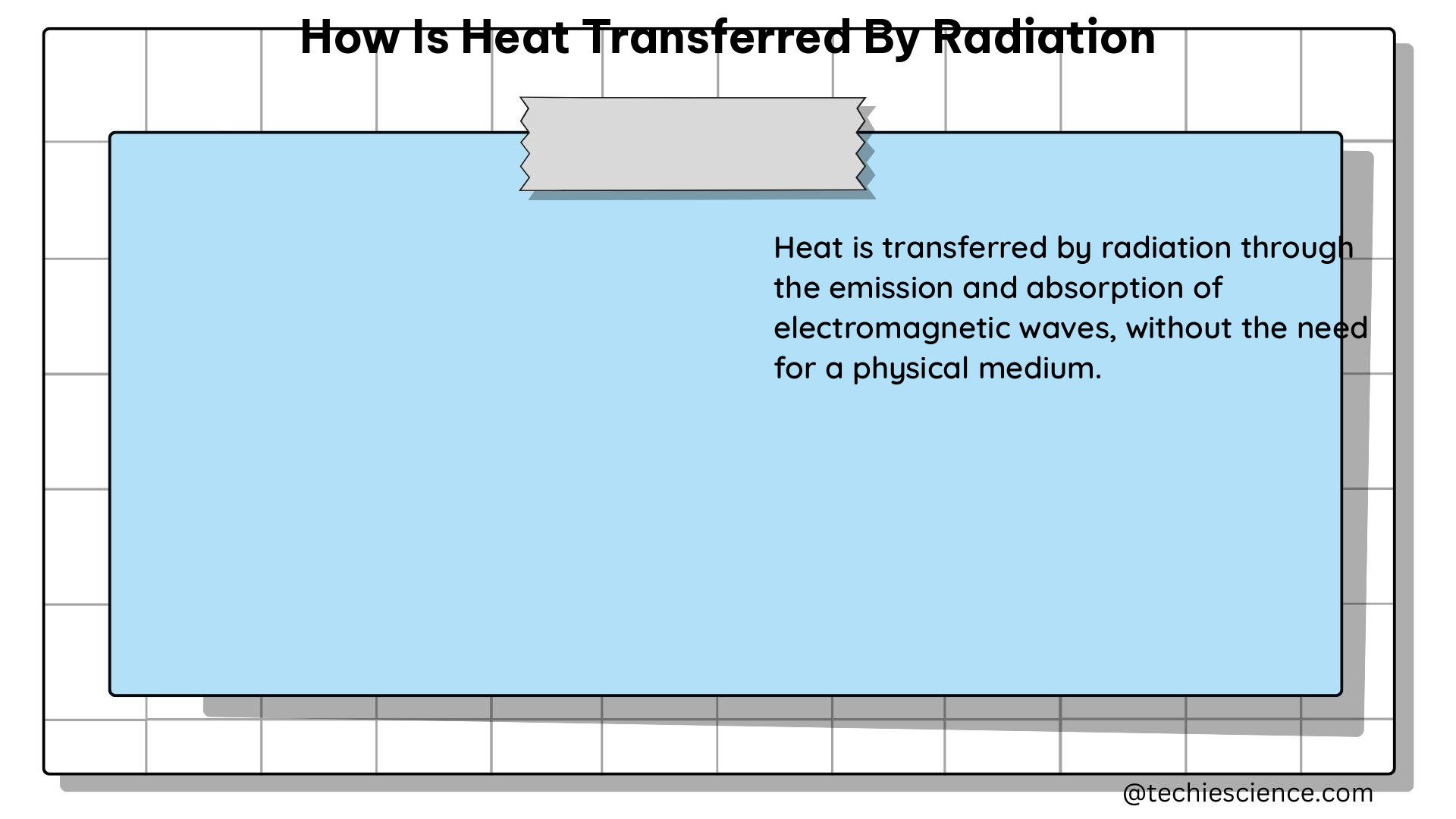In this article, we will see different factors on which the intensity of the radiation depends and what is the intensity of the radiation equation.
The intensity of radiation is the power radiated from the object on which the light waves are incident at a certain angle. The energy radiated from the unit area of the object depends upon its rate of emissivity, the temperature of the object, and its dimensions.
Intensity of Radiation Equation and the Solid Angle
The intensity of the radiation is the energy radiated from the system per unit area making a solid angle of radiations. Thus given by the equation,
I=E/Aθ
Where I is the intensity,
A is an area,
E is the energy radiated,
θ is a solid angle
When we measure an angle in three dimensional, we call it a solid angle and is measured in terms of steradians.

The area covered by the cone making an angle ‘θ’ is A=θ r2. The radiated waves at an angle ‘θ’ are emitted in this area ‘A’.
Read more on Radiation Heat Transfer Examples: Critical Facts.
Does the intensity of Radiation depend upon Emissivity?
The emissivity of the object depends upon the intensity of the incident waves on the object, dimensions, composition, and colour.
The intensity of the radiation depends upon the emissivity of the object. The dark coloured objects emit very few radiations as compared to bright coloured objects. Hence, the intensity of the radiation will be more in the case of bright coloured objects.
Does the intensity of Radiation depend upon the Temperature?
The intensity of radiation depends upon the intensity of incident waves and the angle at which these waves are incident.
If the temperature of the system is high then the emission of radiation is more from the system. The intensity of light will be responsible for the rise in temperature of the system as the agility of the molecules will increase and thus escalating the radiation intensity.
The power of radiation is directly proportional to the fourth power of the temperature by the formula,
P=ɛ Σ AT4
Where P is a radiation power
ɛ is the emissivity of the object
Σ=5.67* 10-8 W/m2K4 is a Stefan’s Constant
A is the area
T is a temperature
As the temperature of the system increases, the intensity of radiation of the system also increases.
Read more on How is heat transferred by radiation: Exhaustive explanation.
Does the Intensity of Radiation depend upon the Wavelength?
The radiation with high intensity basically comprises of waves having high frequency and energy.
As the frequency of the refracted waves decreases on giving off the energy to the system, the emitted waves are of long wavelength and thus less intensity.
If we consider the wavelength of the radiated waves, then now we can write the relation between the intensity and the wavelength by the equation,
I=E/A λθ
Where λ is a wavelength
The wavelength of the waves emitted by the system is always less than the wavelength of the incident waves absorbs by the system. This is because the energy of the incident light is reduced by entering into the denser medium and the energy is absorbed by the system converting it into thermal energy thus raising the temperature of the system.
Read more on What Is Diffuse Reflection Of Radiation: Detailed Insight.
Graph of Intensity of Radiation v/s Wavelength
The intensity of the wave will be more if the wavelength is small, and as the wavelength increases, the intensity will get reduced. If the wavelength is more, the frequency of the radiation is very less.
Here is a graph of intensity v/s the wavelength of the radiation plotted at different temperatures.
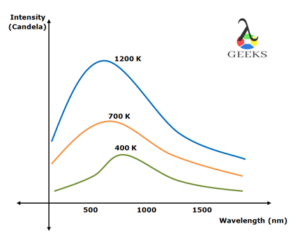
The above graph clearly indicates that as the temperature of the system increases, the intensity of the emitted radiations also increases.
The intensity of the radiation is more in the visible spectra this is because the sunlight entering the Earth’s atmosphere has a greater intensity which gets absorbed in the object. Upon emitting, the intensity of the radiated waves is very less as the emitted waves possess a higher wavelength.
Read more on Radiant Intensity.
Does the Intensity of the Radiation depend upon the Distance?
If the object is closer to the source, the radiation incident on the object will be more.
The rays of light received by the object when placed near the source are more, but as the object is moved away from the source, the intensity of the light receiving by the object decreases.
When the object is closer to the source from where the light is incident on the object, then the radiations received per unit area of the object are more. As we increase the distance from the source and the object, the area covered by the rays emitted from the source increases but the radiations received by per unit area is less, thus reducing the intensity of the light.
Graph of Intensity of Radiation v/s Distance
Here is a graph plotted for the variation in the intensity of the radiations seen by increasing the gap between the light source and the luminous object.
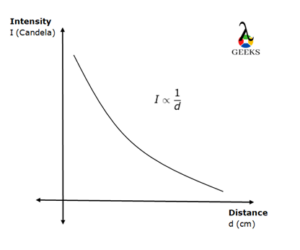
As the intensity of the light decreases on expanding the distance from the source, the graph of intensity v/s distance shows a slightly exponential curve.
The intensity of the light depends upon how much light is incident on the object. It is equivalent to brightness. If the intensity of the light is more, then the brightness will be more, and if it is less, then we will have a deem source of light.
Frequency Asked Questions
Does the light reflected from the water have the same intensity as the incident light?
The wavelength of the emitted radiation is more compared to the incident waves.
As the photon of light is incident on the object, the energy of the photon is absorbed by the system due to which the intensity of the radiation is reduced.
Why the intensity of the infrared radiation is less than the visible light?
The intensity of the radiation depends upon the energy of the photon carried by the wave and its frequency.
When the visible ray is absorbed by any object, the radiated waves from the object are of bigger wavelength as compared to visible light, thus the intensity of IR is less than the visible light.
How does the intensity depend upon the area of the object?
The intensity is inversely related to the area of the object.
The smaller the area of the object, the less will be its capacity to absorb the radiation, due to which it will emit the radiation faster than the object will bigger size, on contrary, the intensity of the emitted radiation will be more.
How does the intensity depend upon the energy of the radiation?
If the intensity of the incident light is more, then it is evident that the energy associated with the photon is high.
Intensity is directly proportional to the energy of the radiation. Upon incident, this energy is transmitted to the object on which it is incident, hence the emitted radiations have less energy and are emitted at smaller frequencies.
Also Read:
